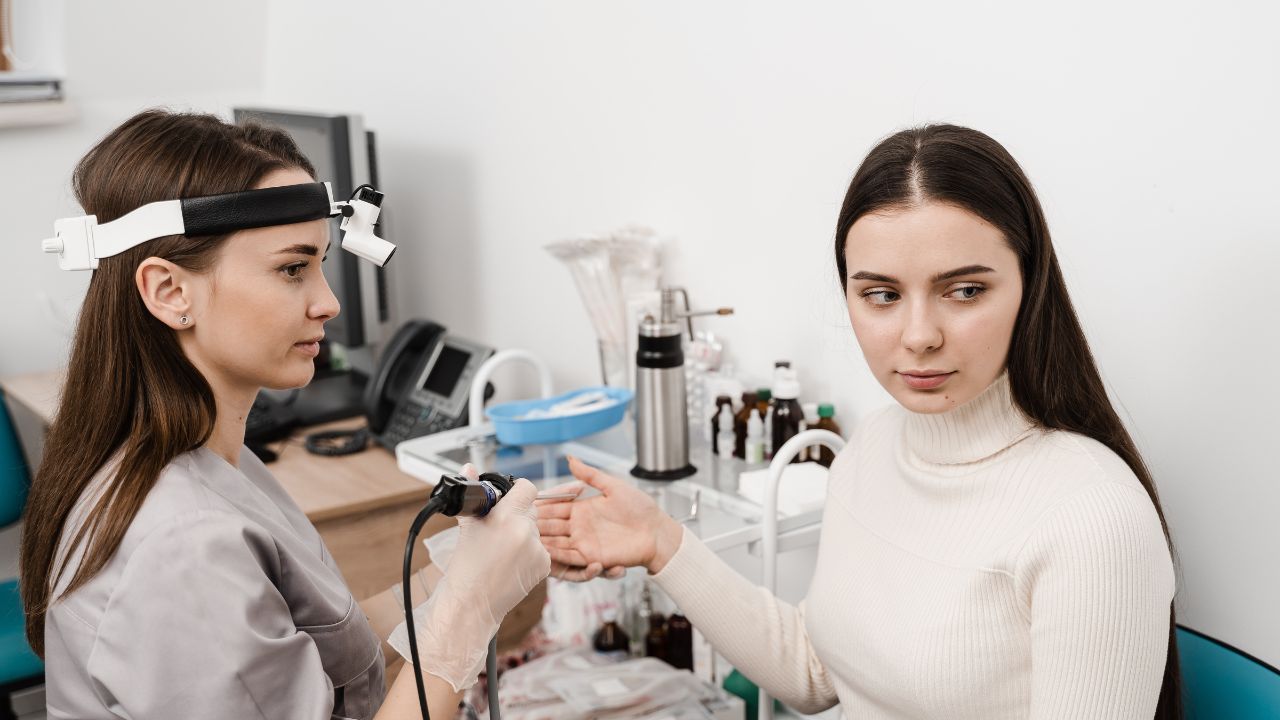Endoscopy has revolutionized the field of gastroenterology, providing a minimally invasive means to diagnose and sometimes treat various gastrointestinal disorders. This procedure is invaluable for visualizing the internal organs, such as the oesophagus, stomach, and intestines. In this blog, we’ll explore the role of endoscopy for gastrointestinal diagnosis, its applications, and how it helps in conditions like oesophagal obstruction.
What is Endoscopy?
Endoscopy is a medical procedure that involves using a flexible tube equipped with a camera and light source, known as an endoscope, to examine the interior of the digestive tract. The procedure allows doctors to observe the lining of the gastrointestinal tract in real-time, helping them identify abnormalities, take tissue samples, and even perform minor surgical procedures if necessary.
Why Endoscopy for Gastrointestinal Diagnosis?
Endoscopy is crucial for diagnosing gastrointestinal disorders because it provides a direct and detailed view of the digestive tract. Unlike imaging tests like X-rays or CT scans, endoscopy allows for a clear and real-time view, making it easier to identify issues that might not be visible otherwise. The precision and accuracy of endoscopy for gastrointestinal diagnosis are unmatched, making it a gold standard in the field.
Types of Endoscopy
Upper Endoscopy (Esophagogastroduodenoscopy – EGD)
This type of endoscopy examines the upper part of the gastrointestinal tract, including the oesophagus, stomach, and the first part of the small intestine. It is commonly used to diagnose gastroesophageal reflux disease (GERD), ulcers, and oesophagal obstruction.
Colonoscopy
A colonoscopy is used to examine the large intestine and rectum. It is primarily used for colorectal cancer screening and to diagnose conditions like inflammatory bowel disease (IBD), polyps, and diverticulitis.
Capsule Endoscopy
In this procedure, the patient swallows a small capsule containing a camera. Travelling through the digestive tract, it captures images transmitted to a recording device. This method is particularly useful for examining the small intestine, which is difficult to reach with conventional endoscopy.
Endoscopic Ultrasound (EUS)
EUS combines endoscopy and ultrasound to obtain detailed images of the digestive tract and surrounding tissues. It is often used to assess the tumours’ depth and guide fine-needle aspiration for biopsy.
The Role of Endoscopy in Esophageal Obstruction
Esophageal obstruction is when the esophagus is partially or completely blocked, leading to difficulty swallowing, pain, and other symptoms. This condition can result from various causes, including tumours, strictures, foreign bodies, or gastroesophageal reflux disease (GERD). Endoscopy plays a critical role in diagnosing and managing oesophagal obstruction.
Diagnosing Esophageal Obstruction
Visualization
The doctor can directly visualize the oesophagus’s interior during an upper endoscopy. This allows them to identify any narrowing, blockages, or abnormal growths causing the obstruction.
Biopsy
If a suspicious lesion is found, the doctor can take a tissue sample during the endoscopy for biopsy. This helps determine whether the obstruction is benign or malignant, aiding in developing an appropriate treatment plan.
Foreign Body Removal
In cases where a foreign body causes the obstruction, endoscopy can be used to remove it safely. This immediate intervention can relieve symptoms and prevent complications.
Benefits of Endoscopy for Gastrointestinal Diagnosis
Minimally Invasive
Endoscopy is a minimally invasive procedure, meaning it involves less pain and a quicker recovery time than surgical options. This makes it a preferred choice for both patients and healthcare providers.
Accurate Diagnosis
The high-resolution images obtained during an endoscopy allow for a precise diagnosis. This accuracy is particularly important in identifying and treating conditions like oesophagal obstruction, where early detection can significantly affect the outcome.
Therapeutic Capabilities
In addition to diagnosis, endoscopy can also be therapeutic. Procedures like polypectomy, stricture dilation, and stent placement can be performed during an endoscopy, reducing the need for multiple procedures.
Early Detection of Cancer
Endoscopy is invaluable in the early detection of gastrointestinal cancers. For instance, Barrett’s oesophagus, a precursor to oesophagal cancer, can be diagnosed during an endoscopy, allowing for early intervention and a better prognosis.
Preparation and Aftercare
Preparing for an endoscopy involves fasting for a certain period before the procedure. The doctor may also provide specific instructions regarding medications. After the procedure, patients may experience mild discomfort, such as a sore throat or bloating, but these symptoms usually resolve quickly.
Common Gastrointestinal Disorders Diagnosed by Endoscopy
Gastroesophageal Reflux Disease (GERD)
GERD is a chronic condition characterized by acid reflux and heartburn. Endoscopy can help diagnose GERD by examining the oesophagus for signs of inflammation and damage.
Peptic Ulcers
Peptic ulcers are sores that develop on the stomach lining or the small intestine’s first part. Endoscopy can detect ulcers and determine their cause, such as Helicobacter pylori infection or NSAID use.
Celiac Disease
Celiac disease is an autoimmune disorder where ingestion of gluten leads to damage in the small intestine. Endoscopy, along with a biopsy, is crucial for diagnosing this condition.
Crohn’s Disease
Crohn’s disease is an inflammatory bowel disease affecting any part of the gastrointestinal tract. Endoscopy helps assess the disease’s extent and severity, guiding treatment options.
Colorectal Cancer
Regular colonoscopy screenings are essential for early detection of colorectal cancer. Polyps found during the procedure can be removed, reducing the risk of cancer development.
Conclusion
Endoscopy is an essential tool in the diagnosis and management of gastrointestinal disorders. Its ability to provide a direct and detailed view of the digestive tract makes it invaluable for identifying conditions like oesophagal obstruction. Endoscopy offers a minimally invasive option with high accuracy and effectiveness, whether for diagnostic or therapeutic purposes. As medical technology advances, the role of endoscopy in gastrointestinal diagnosis will only continue to grow, offering new opportunities for early detection and treatment.


